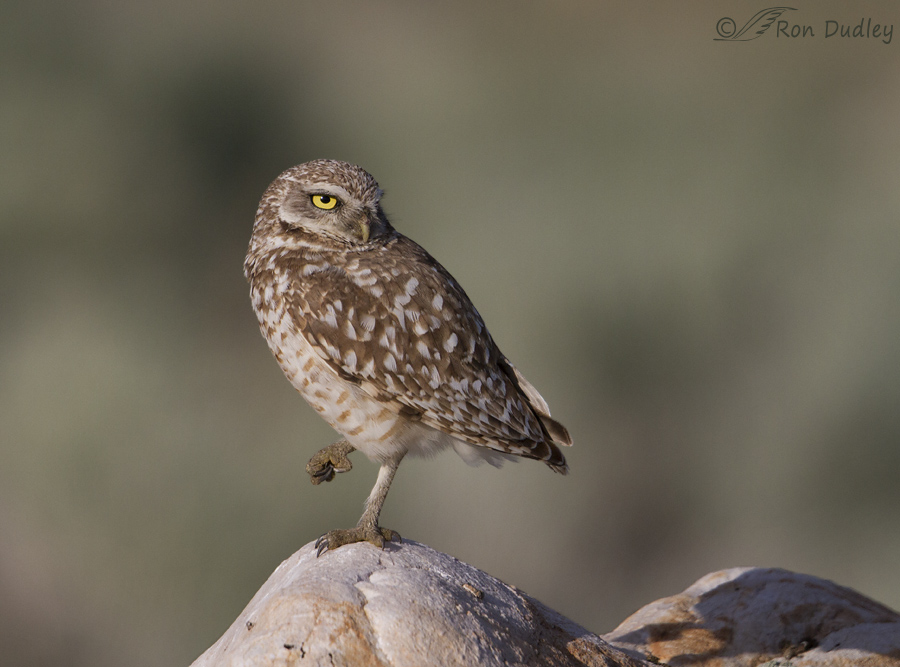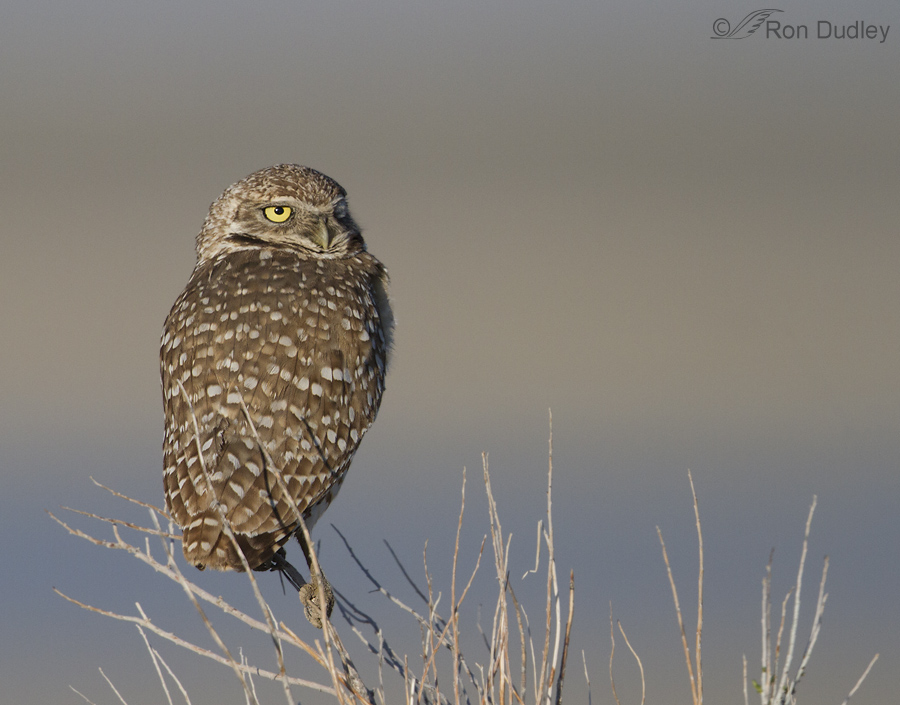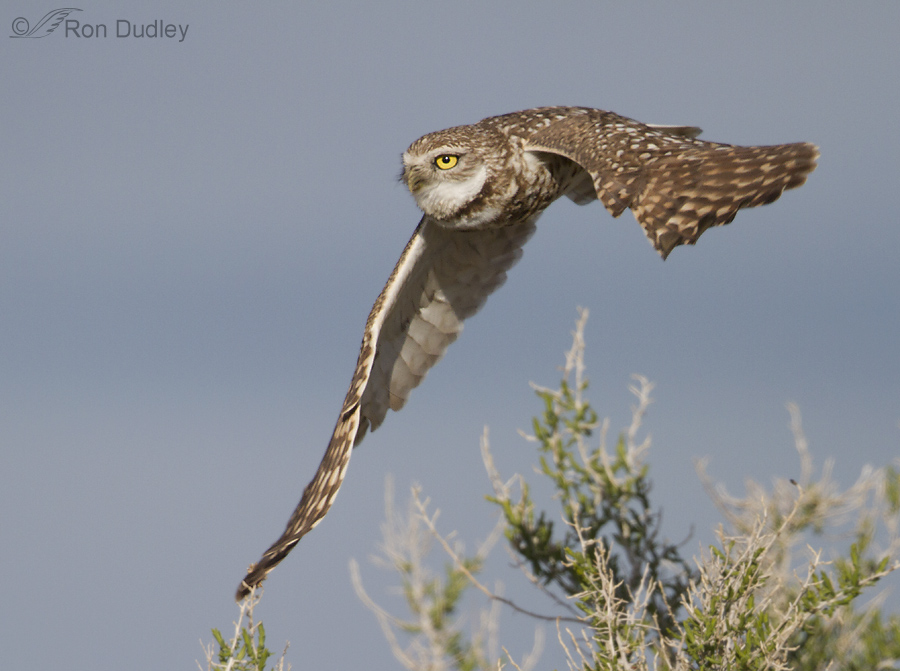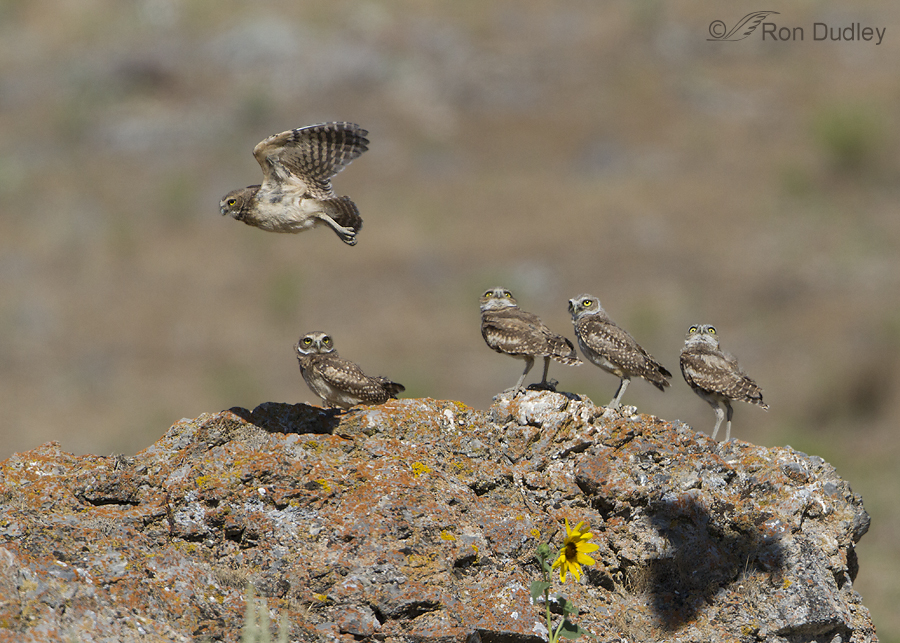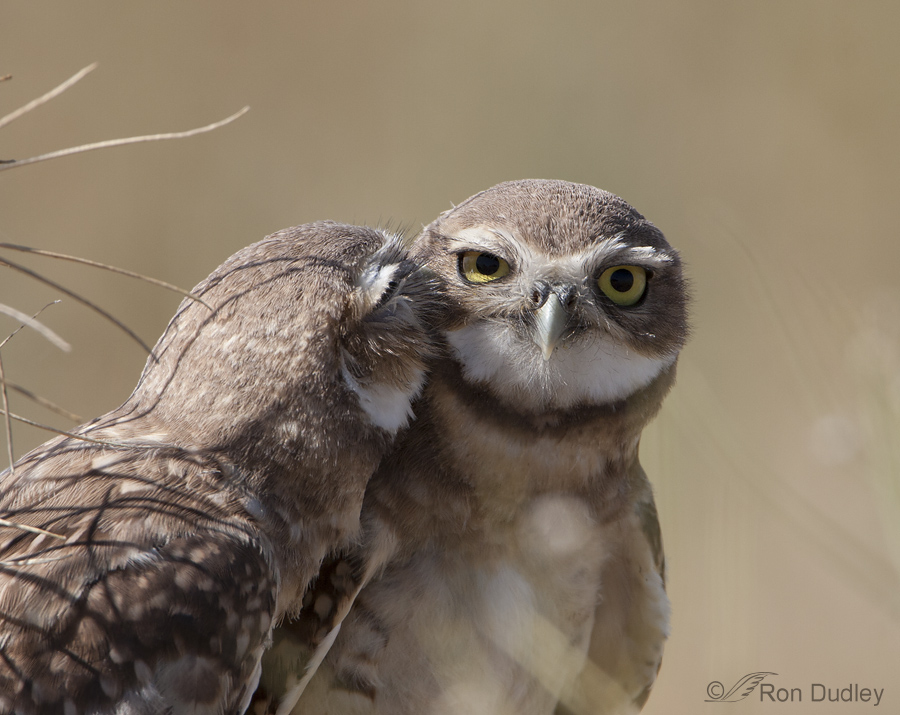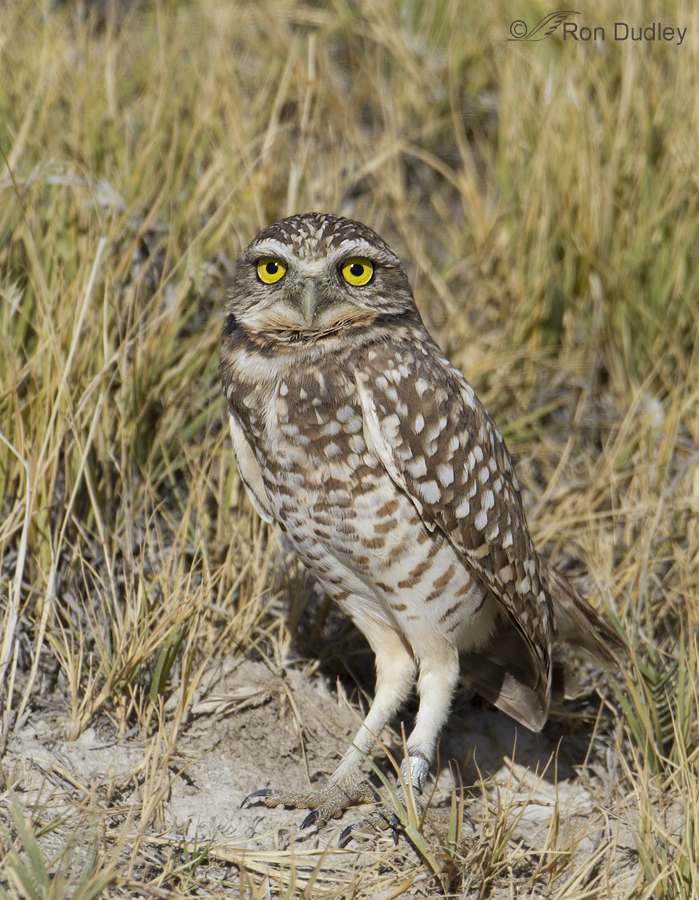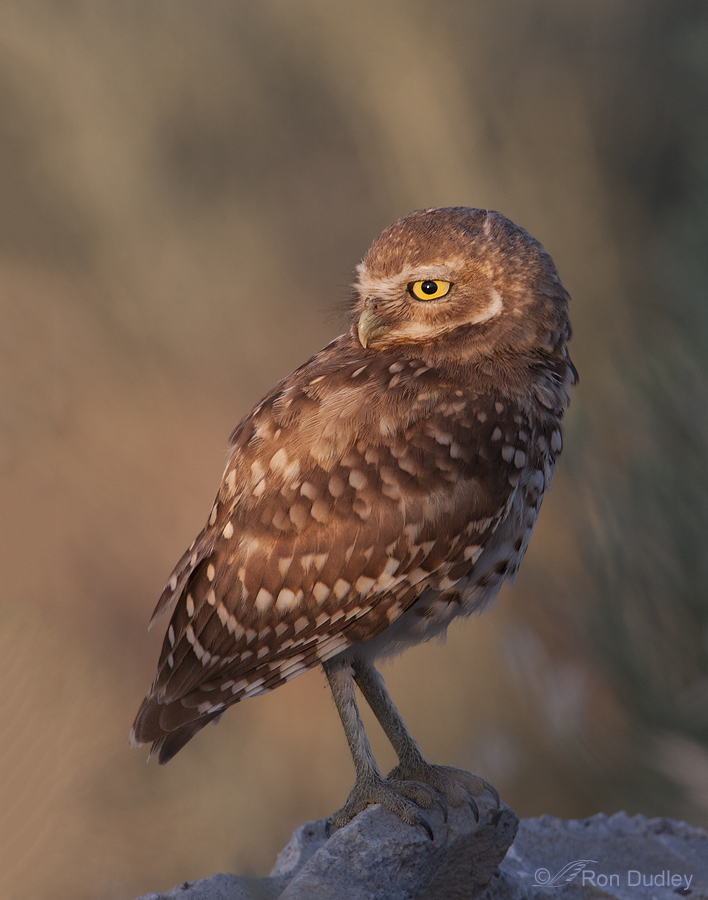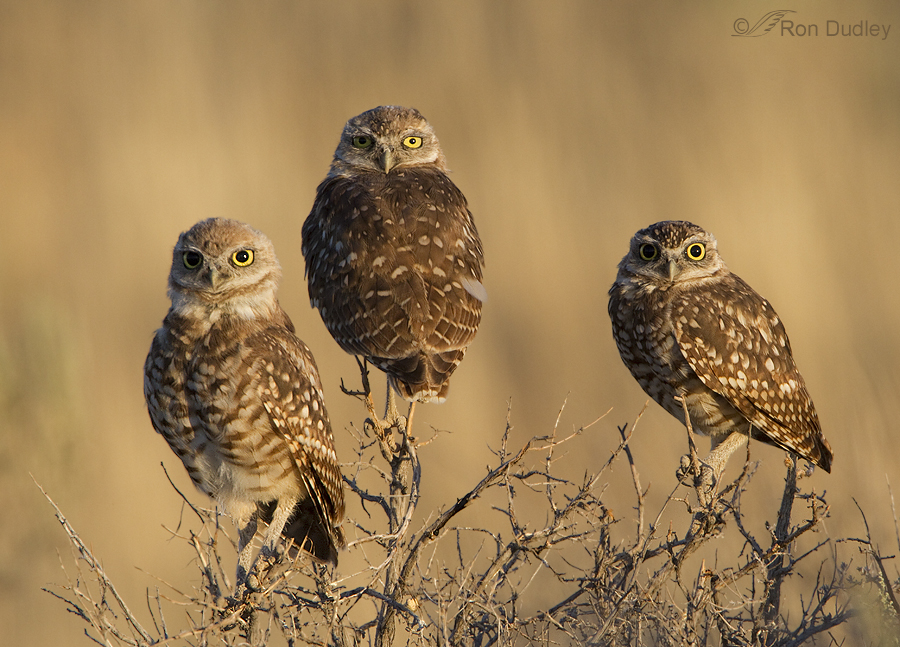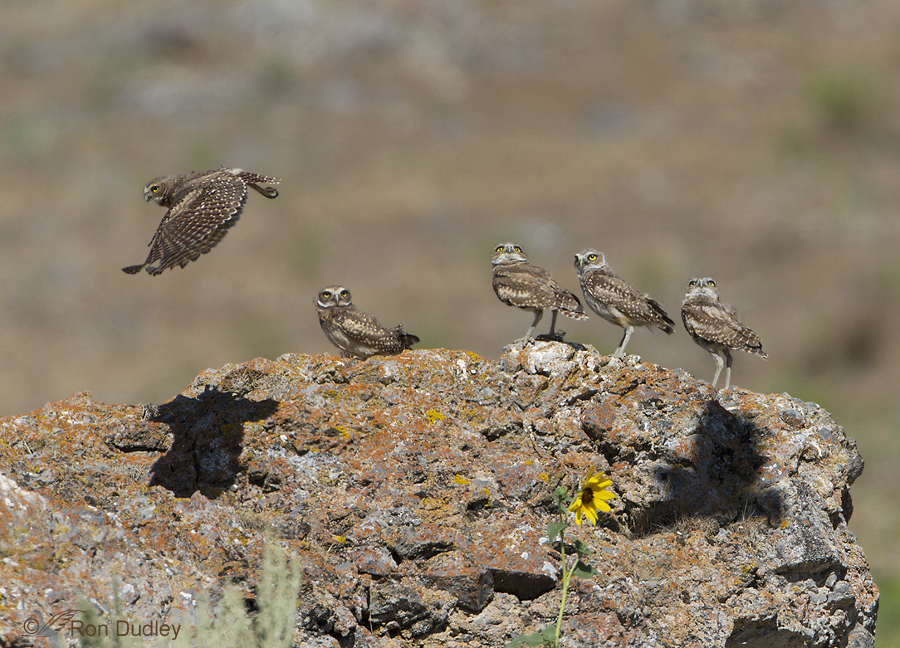Bird Banding – A Necessary Evil?
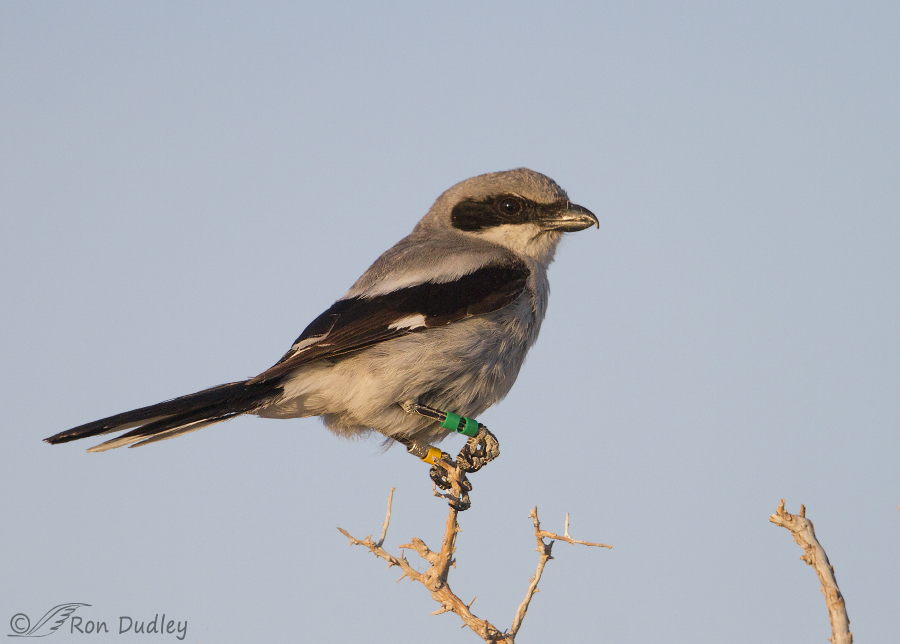
For the first six years of my bird photography “career” I rarely encountered banded birds but in the last two years or so I encounter them regularly, some species more than others. Usually when I see a bird with bands or transmitters strapped to their backs I don’t even click the shutter except for documentation purposes.


